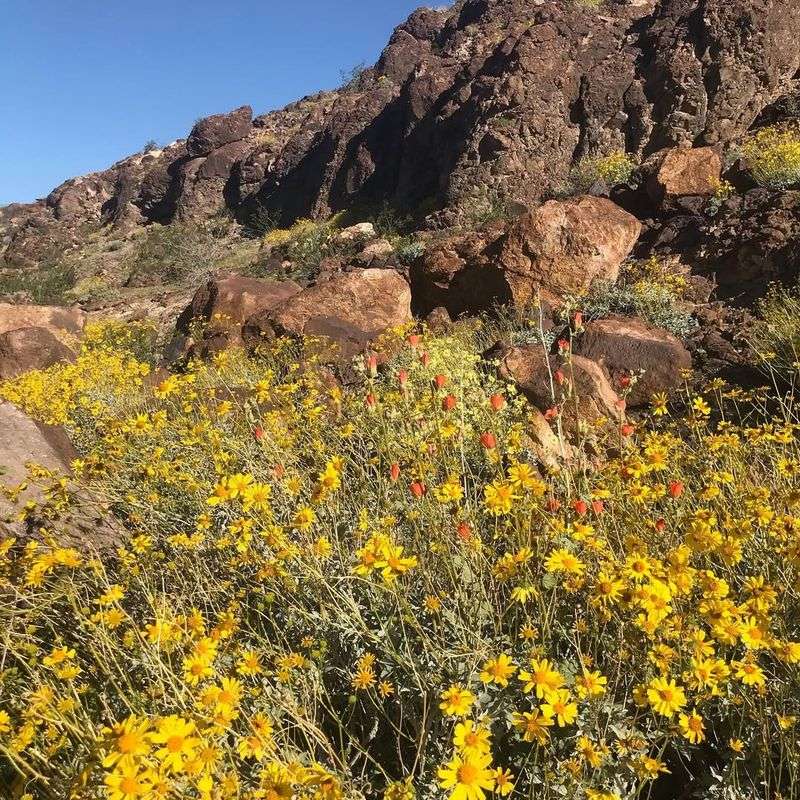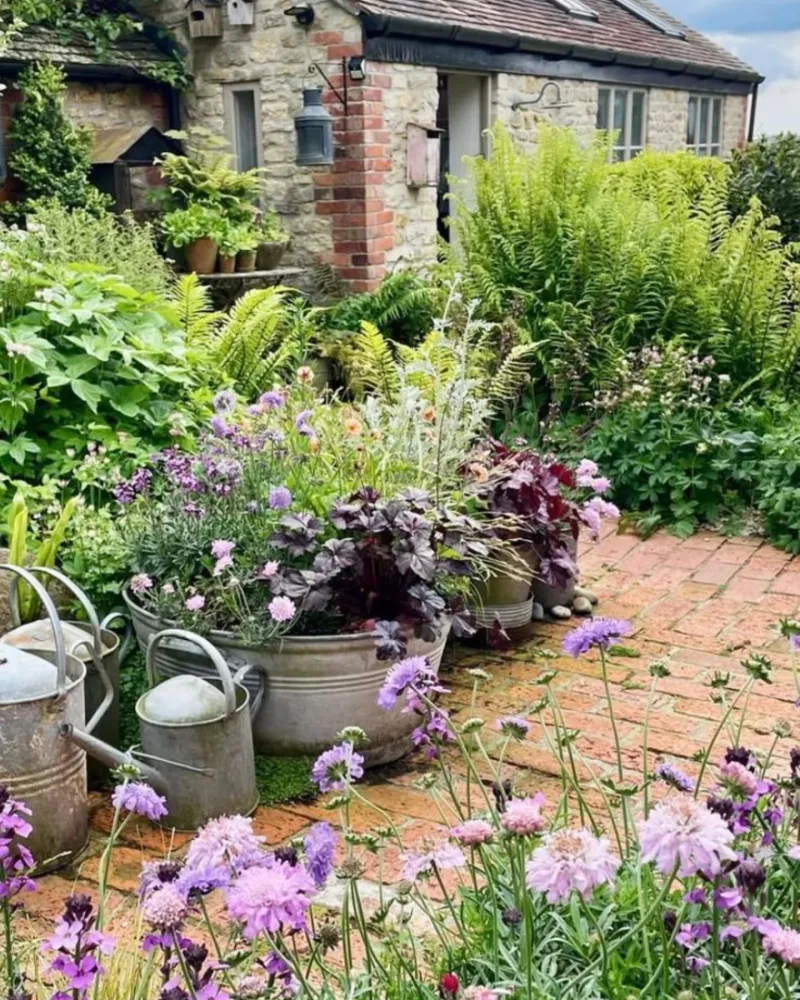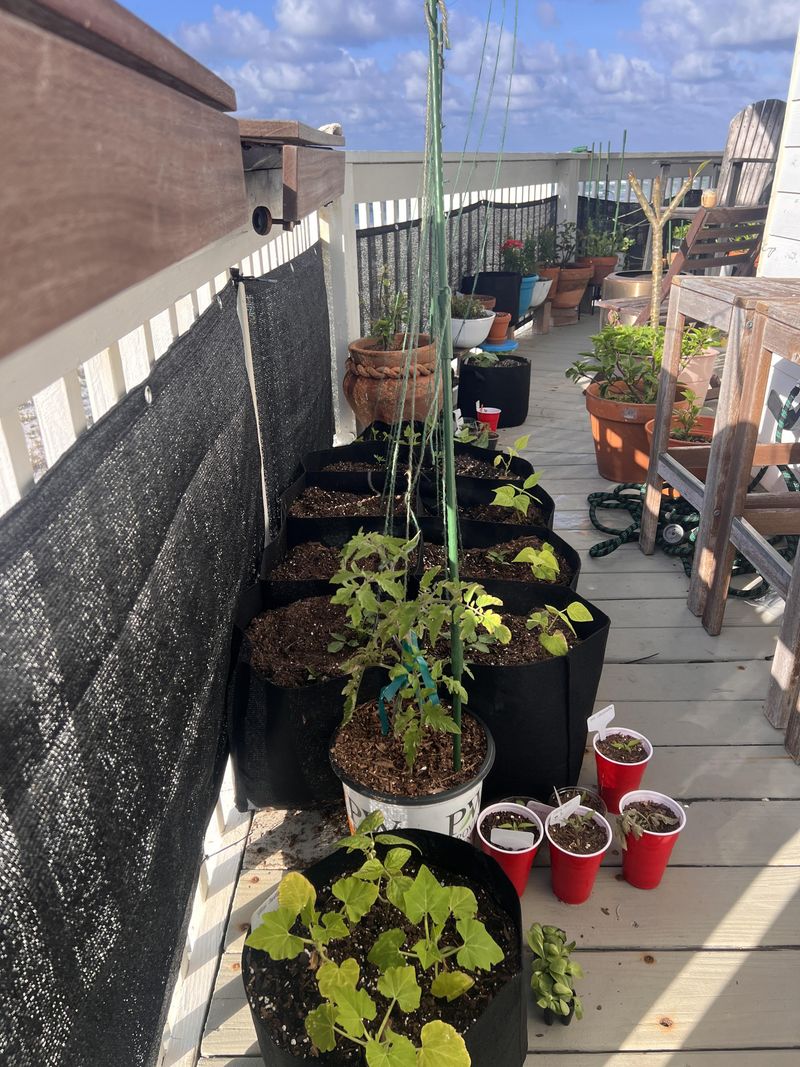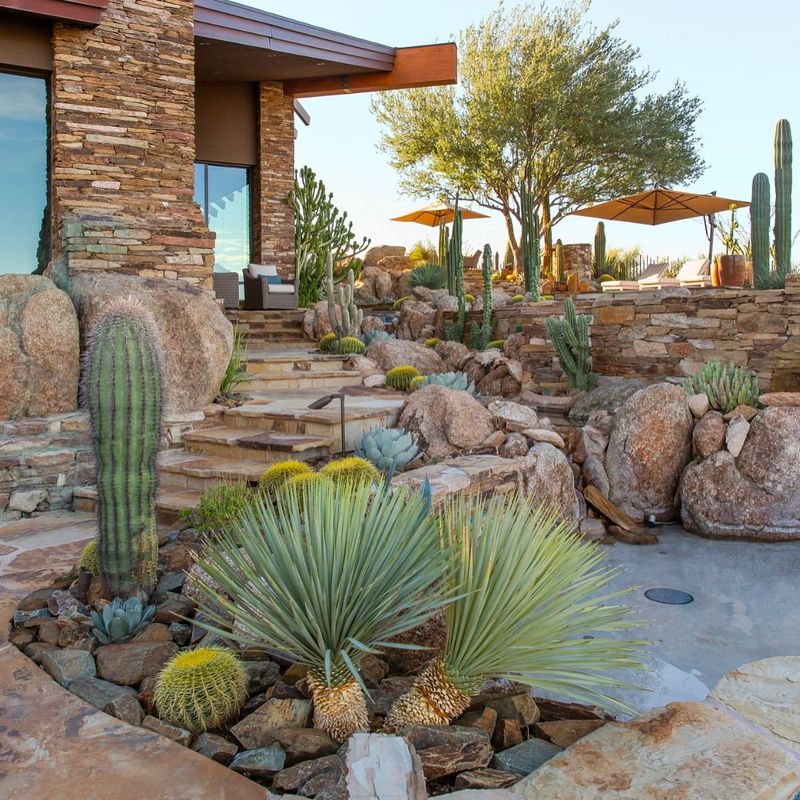Nevada gardening can feel like a puzzle, especially when last season’s plants didn’t make it. But those wilted leaves and dried stems aren’t failures—they’re actually your best teachers.
By looking closely at what went wrong, you can make smarter choices this year and grow a thriving desert garden that handles Nevada’s tough conditions.
Water Needs Were Misunderstood
Most struggling plants in Nevada withered because they got either too much or too little water. Desert conditions trick gardeners into thinking plants need constant watering, but that can actually drown roots.
Check the soil before watering—stick your finger two inches deep. If it feels dry, water deeply but less often. Root systems grow stronger when they search for moisture.
Native Nevada plants and drought-tolerant varieties handle dry spells better than thirsty imports.
Soil Quality Was Ignored
Nevada’s soil is naturally alkaline and often lacks nutrients that plants crave. Without amendments, roots can’t absorb what they need, no matter how much you water or fertilize.
Adding compost, peat moss, or sulfur helps balance pH levels. Mulching around plants keeps soil cooler and retains precious moisture during scorching summer months.
Testing your soil every year reveals exactly what’s missing, so you’re not guessing what to add.
Wrong Plant Choices For The Climate
Trying to grow plants meant for humid, mild climates in Nevada’s harsh desert environment rarely works. Temperature swings from freezing nights to blazing days stress plants that aren’t adapted.
Look for USDA Zone 7-9 plants depending on your exact location. Lavender, Russian sage, and agave thrive here because they evolved for similar conditions.
Nurseries specializing in desert plants offer varieties that won’t struggle against Nevada’s natural climate.
Sun Exposure Was Too Intense
Nevada’s blazing sunshine can literally cook tender plants, causing leaves to brown and curl. Even sun-loving varieties sometimes need afternoon shade when temperatures soar past 100 degrees.
Watch where shadows fall throughout the day. Morning sun with afternoon shade creates ideal conditions for many vegetables and flowers.
Shade cloth, strategically placed trees, or tall structures provide relief during peak heat hours without blocking light completely.
Planting Timing Was Off
Planting too early or too late dooms many Nevada gardens before they start. Late spring frosts can destroy tender seedlings, while summer heat shocks transplants.
Cool-season crops like lettuce and peas need fall or early spring planting. Warm-season tomatoes and peppers should wait until nighttime temperatures stay above 50 degrees consistently.
Local extension offices publish planting calendars specific to Nevada’s microclimates and frost dates for your area.
Wind Damage Went Unaddressed
Strong desert winds whip across Nevada landscapes, snapping stems and stripping moisture from leaves faster than roots can replace it. Unprotected plants struggle constantly against this invisible enemy.
Windbreaks made from fencing, shrubs, or garden fabric reduce wind speed by up to 75 percent. Even temporary barriers help young plants establish themselves.
Staking tall plants and grouping smaller ones together creates natural protection that improves everyone’s chances of survival.
Pests And Diseases Were Left Unchecked
Stressed plants attract pests like aphids, spider mites, and whiteflies that multiply rapidly in warm conditions. Diseases spread quickly when plants are already weakened by environmental stress.
Regular inspection catches problems early when they’re easiest to fix. Remove affected leaves immediately and spray with organic pest controls.
Healthy plants with proper water, nutrients, and spacing resist pests naturally. Companion planting with herbs like basil repels many common insects effectively.
Expectations Didn’t Match Reality
Many gardeners expect Nevada gardens to look like pictures from wetter climates, then feel disappointed when reality doesn’t match. Desert gardens have their own unique beauty that works with nature instead of fighting it.
Accepting Nevada’s limitations frees you to appreciate drought-tolerant blooms, interesting textures, and silvery foliage. Success means redefining what a beautiful garden looks like.
Celebrate small victories and learn from each season’s challenges to build gardening skills over time.









